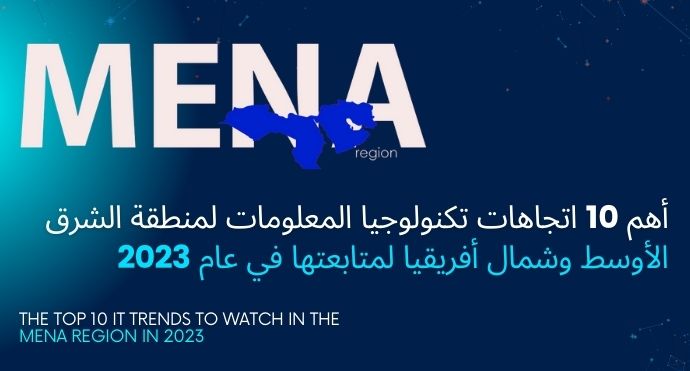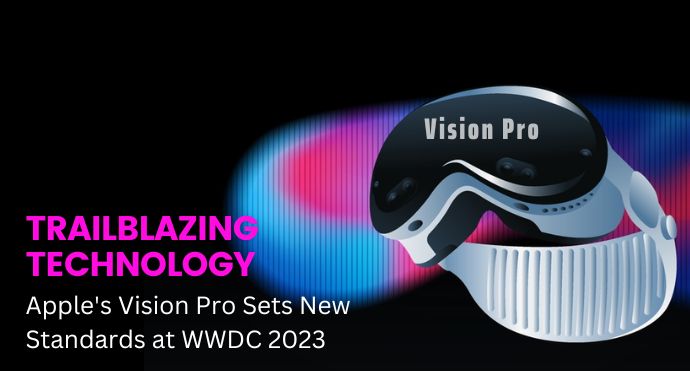In recent years, technology has been revolutionizing various aspects of our lives, and education is no exception. With the rapid advancements in technology, new tools and solutions have emerged, transforming the way we learn and teach. As a result, it is more important than ever for students to be prepared for the future of work by developing skills in emerging technologies.
Here are some of the latest emerging technologies that are having a major impact on the world of work:
Artificial intelligence (AI): AI is a rapidly developing field that is already being used in a wide range of industries, from healthcare to customer service. AI is expected to create millions of new jobs in the coming years, and it is important for students to develop AI skills in order to be prepared for the future of work.
Machine learning (ML): ML is a subset of AI that allows computers to learn without being explicitly programmed. ML is being used in a wide range of applications, from fraud detection to product recommendations. ML skills are in high demand, and students who are proficient in ML will be well-positioned for future jobs.
Data science: Data science is the field of study that deals with the collection, analysis, and interpretation of data. Data scientists are in high demand in a variety of industries, and they are responsible for using data to make decisions and solve problems. Students who are interested in data science should develop skills in data analysis, statistics, and programming.
Blockchain: Blockchain is a distributed ledger technology that is used to record transactions in a secure and transparent manner. Blockchain is being used in a variety of applications, from financial services to supply chain management. Students who are interested in blockchain should develop skills in cryptography, distributed systems, and programming.
Virtual reality (VR): VR is a technology that allows users to interact with a simulated environment. VR is being used in a variety of applications, from gaming to training. Students who are interested in VR should develop skills in 3D modeling, game development, and programming.
Augmented reality (AR): AR is a technology that overlays digital information in the real world. AR is being used in a variety of applications, from education to marketing. Students who are interested in AR should develop skills in 3D modeling, computer vision, and programming.
Internet of Things (IoT): The Internet of Things connects physical devices and objects to the Internet, creating a network of interconnected devices. In education, IoT devices can improve efficiency and enhance safety. Smart classrooms equipped with IoT sensors and devices facilitate automated attendance tracking, optimize energy usage, and provide real-time insights for educators.
Big Data Analytics: Big Data analytics leverages large volumes of data to gain insights into student performance, learning patterns, and educational trends. By analyzing this data, educators can make informed decisions, identify areas for improvement, and develop targeted interventions. Big Data analytics enhances educational planning, curriculum design, and student support systems.
How can educators empower students with emerging technologies?
Incorporate emerging technologies into the curriculum: Educators can incorporate emerging technologies into the curriculum by using them to teach traditional subjects, such as math, science, and English. For example, teachers can use AI to create personalized learning experiences for students, or they can use VR to simulate real-world experiences.
Provide students with access to emerging technologies: Educators can provide students with access to emerging technologies by investing in hardware and software and by creating maker spaces and other spaces where students can experiment with these technologies.
Train teachers on how to use emerging technologies: Educators need to be trained on how to use emerging technologies in the classroom. This training can be provided by professional development workshops, online courses, or other resources.
Partner with businesses and organizations: Educators can partner with businesses and organizations that are using emerging technologies. This can help educators to learn about new technologies and to get access to real-world applications.
If you are a student who wants to be prepared for future jobs, here are a few things you can do:
Take courses in emerging technologies– This will give you the knowledge and skills you need to work with these technologies in the workplace.
Get involved in projects that use emerging technologies- This will give you hands-on experience with these technologies and help you develop your skills.
Network with people who work in fields that use emerging technologies- This will help you learn more about these fields and the opportunities they offer.
Stay up-to-date on the latest trends in emerging technologies- This will help you stay ahead of the curve and be prepared for the future of work.
Conclusion:
As we look ahead, it is clear that emerging technologies will play a pivotal role in shaping the future job landscape. By empowering students with these technologies, we can equip them with the skills, mindset, and adaptability necessary to thrive in a rapidly changing world. As educators, it is our responsibility to embrace these technologies, reimagine traditional teaching methods, and prepare students to become the innovative leaders and problem solvers of tomorrow. Together, let us pave the way for a future where every student has the opportunity to succeed and contribute to the advancement of society through the power of emerging technologies.



